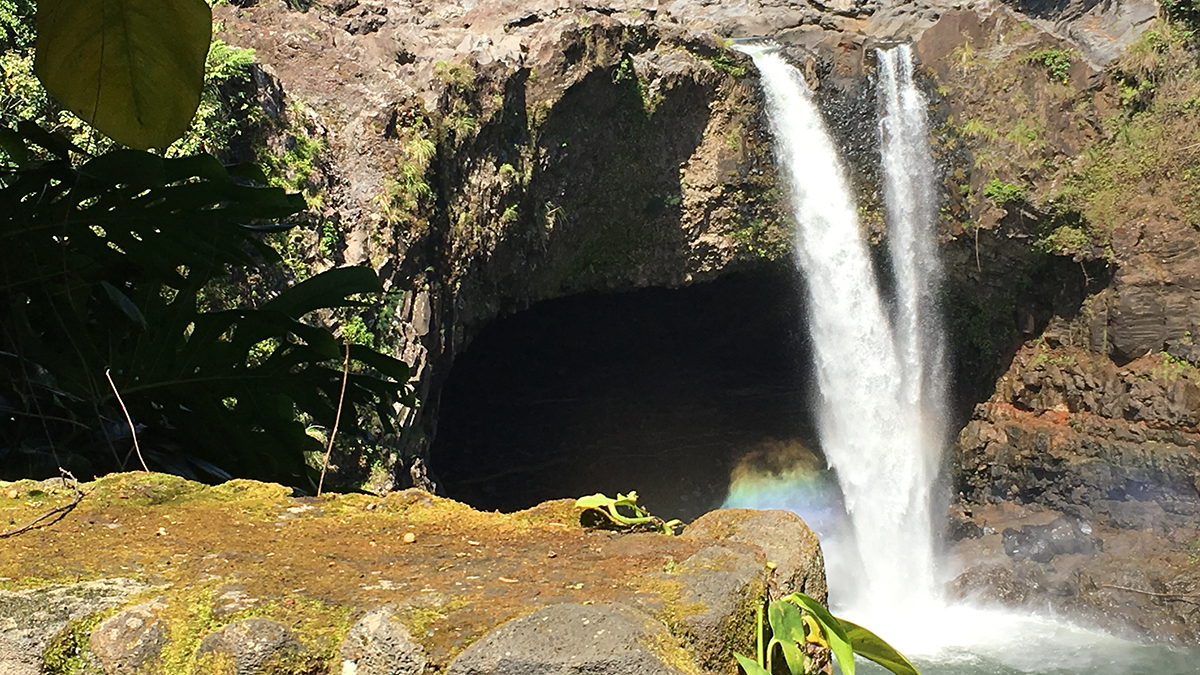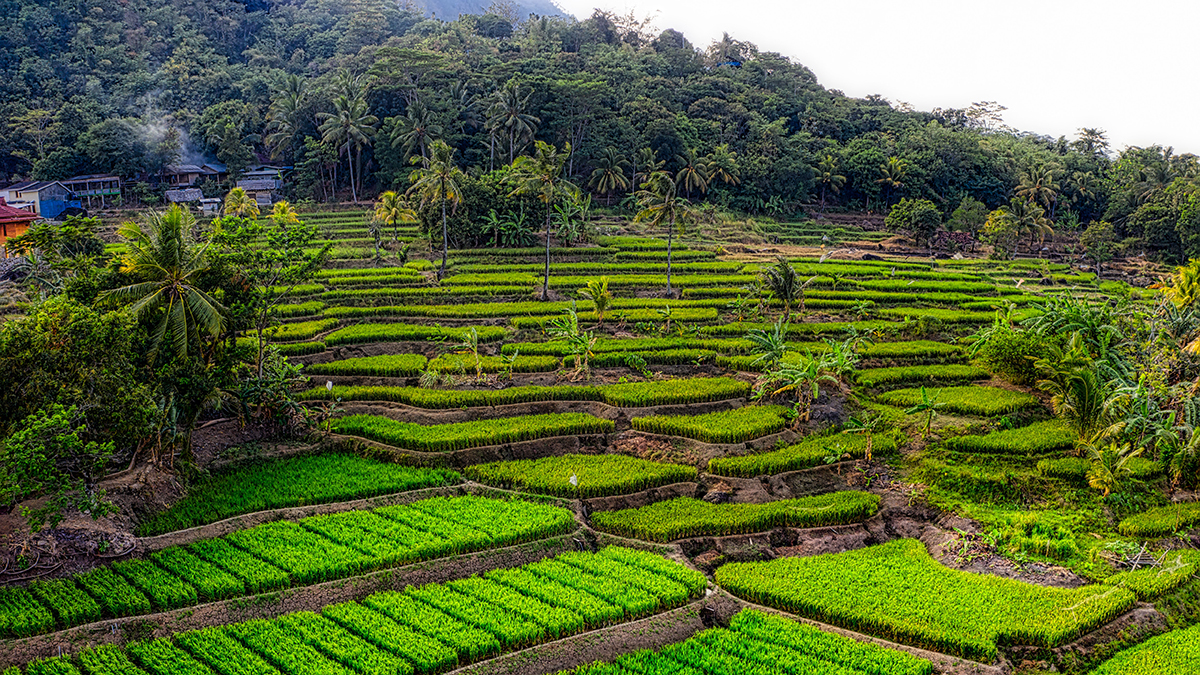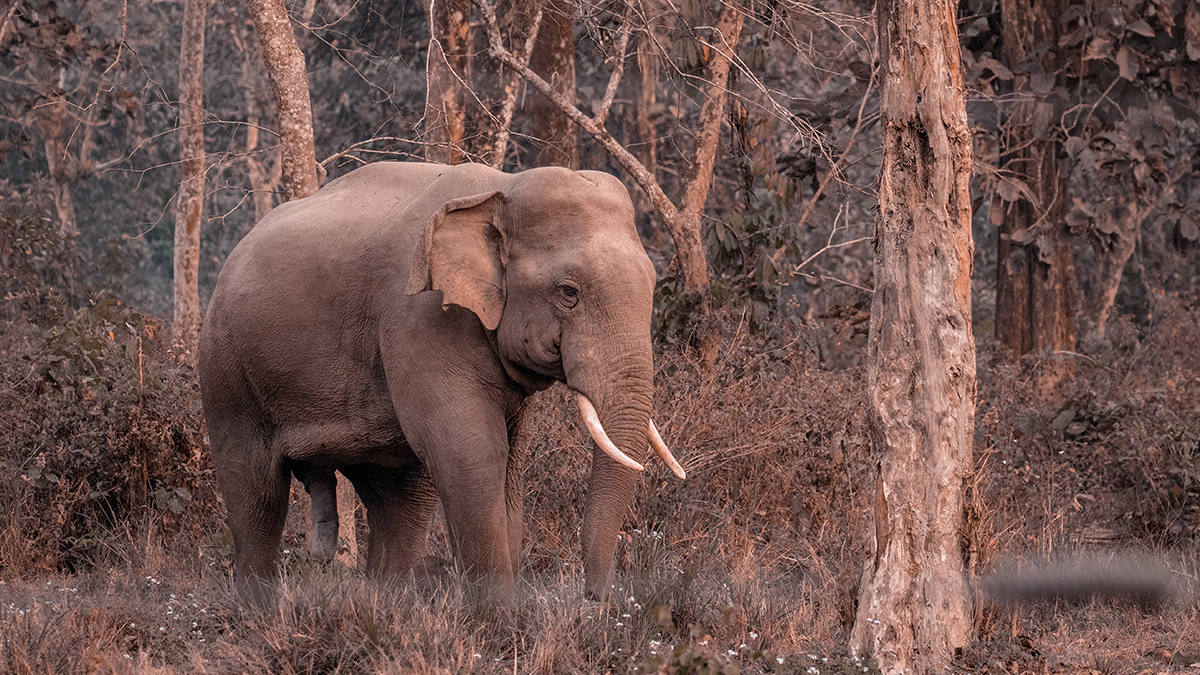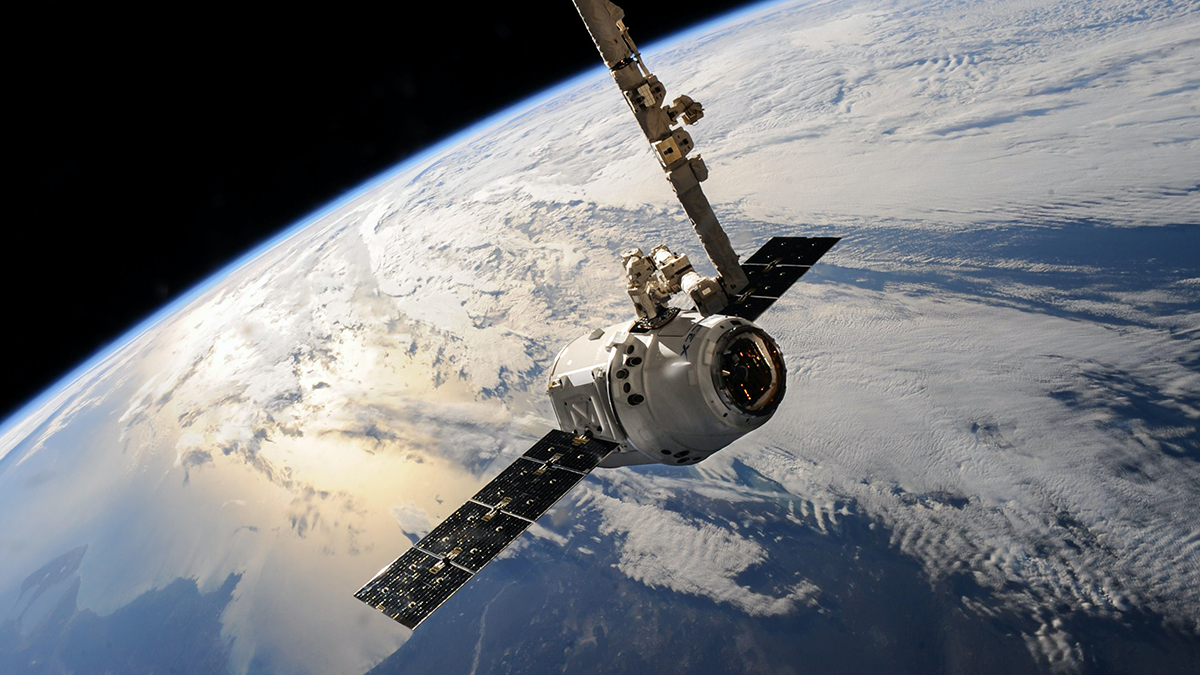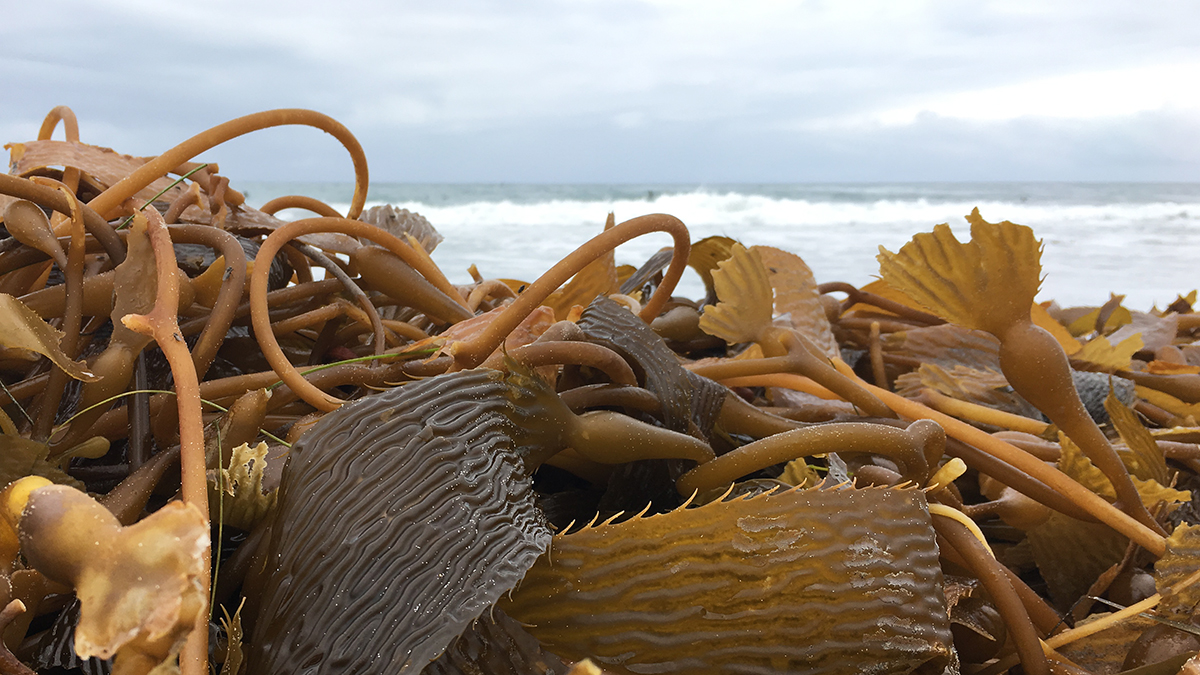I’m constantly amazed by teams all over the world tackling climate change. This week’s climate story brings us all the way to Hawaii. Are you thinking about lush forests with waterfalls and beautiful sand beaches? Today we are looking at a different scenery:
North Kohala had suffered two centuries of logging that destroyed the native tropical sandalwood forest, and subsequent cattle grazing had denuded the land and degraded the soil.
https://www.forbes.com/sites/sofialottopersio/2021/06/09/former-reddit-ceos-new-startup-terraformation-raises-30-million-to-restore-forests-and-tackle-climate-change/?sh=219407566f1d
This is the area the startup Terraformation chose for their pilot project. The goal? Reforesting native forests all over the world to reverse climate change.
Their approach includes planning, training, equipment, and finding revenue opportunities with partner sites all over the world. Terraformation researched bottlenecks for forest restoration and developed a set of solutions:

On the left you see the off-grid seed laboratory. It can be used to dry, process and store seeds. In the center is a complete greenhouse with pots, trays and irrigation to grow seedlings. On the right side is a solar powered reverse osmosis system. It provides fresh water for young forest plants. And the best thing? They all fit in a shipping container and can be used off-grid, anywhere in the world. With these solutions Terraformation wants to assure long-term success:
Restoration means a lot more than putting trees in the ground. It’s about bringing back complex native ecosystems, starting with the right species and scaling up with the right tools.
https://www.terraformation.com/solutions/overview
What does all this have to do with climate change? We have to cut emissions in half by 2030 to limit global warming to 1.5 degree Celsius. A new report from America All In outlines a roadmap: Drastically cut emissions for electricity and transportation. Lower emissions for buildings and industries such as steel and concrete. We have to limit the amount of new greenhouse gases going in the atmosphere.
At the same time we have to capture existing greenhouse gases. Nature based solutions such as re-growing native forests are on the forefront of these capturing efforts. Why native forests? They store carbon in leaves, tree trunks, roots, and in the soil. A study published in Nature found natural forests are 40 times better than plantations at storing carbon.
Terraformation’s goal to reforest native forests is a great approach. We need to re-create these thriving ecosystems at a large scale to draw in significant amounts of carbon.
Terraformation’s founder has a proven expertise in running and scaling successful companies. Combined with access to a huge amount of funding, their company sounds extremely promising. I hope they will be able to help locals all over the world grow and maintain native forests. This is yet another startup I can’t wait to hear more success stories from!

